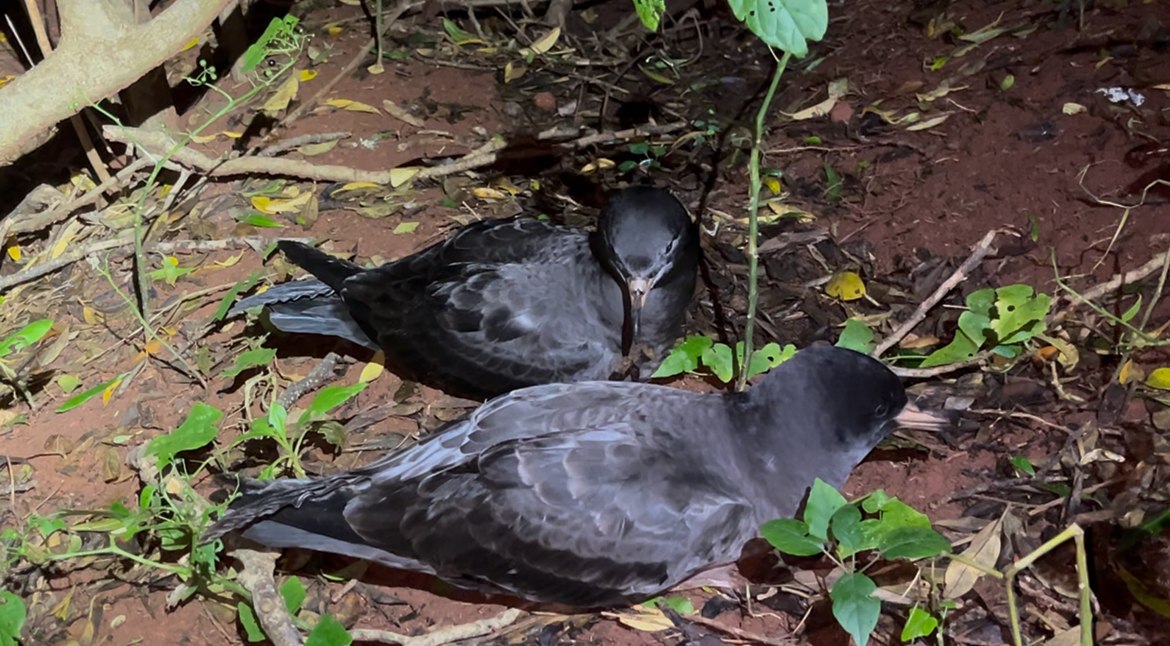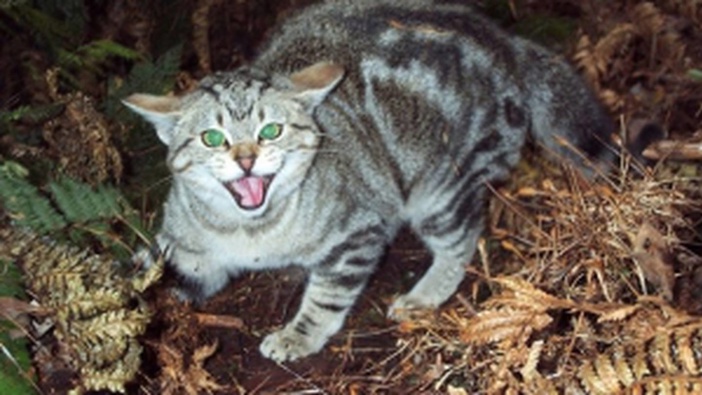 A feral cat in New Zealand
A feral cat in New Zealand
The New Zealand Government has officially recognised feral cats as pests and will add them to the Predator Free 2050 list, which currently includes mustelids (Ferrets Stoats, Weasels), rats (Black, Norwegian and Pacific/Polynesian) and Australian Brushtail Possums.
“Conservation Minister, Tama Potaka said the inclusion of feral cats in the Predator Free 2050 goal means stronger protection for local wildlife, better tools for communities, and less impact on farmers, whānau [extended family groups] and the economy. Feral cats are now found across Aotearoa New Zealand, from farms to forests, and they put huge pressure on native birds, bats, lizards and insects. They also spread toxoplasmosis, which harms dolphins, affects people, and costs farmers through lost stock.”
The Minister said the addition of feral cats to the Predator Free 2050 target list will:
Support national coordination of feral cat control;
Allow Predator Free groups access to funding for projects targeting feral cats;
Boost research into effective and humane tools and technology;
Strengthen efforts to protect threatened species across the country.
Read the media release by the Department of Conservation.
John Cooper, Emeritus Information Officer, Agreement on the Conservation of Albatrosses and Petrels, 21 November 2025

 English
English  Français
Français  Español
Español 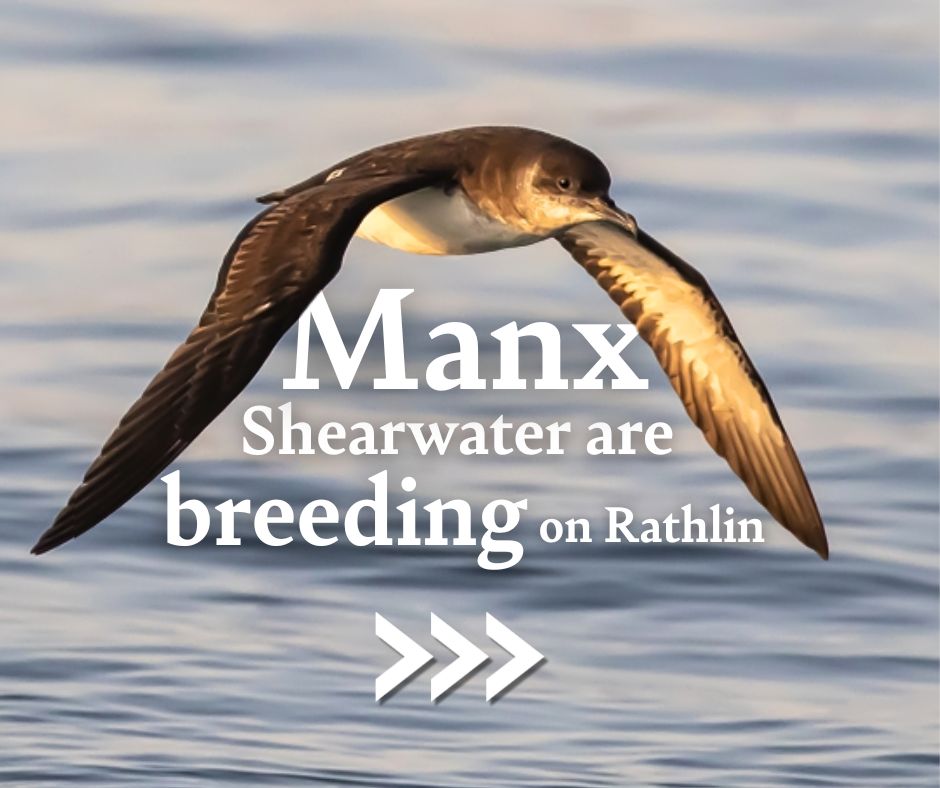 Removing alien predators from islands often leads to dramatic effects for seabirds with increases in numbers, improved breeding success, returns after going locally extinct, or arriving for the first time. This is noticeable for the smaller burrowing petrels and shearwaters that are at particular risk to ground predators, as regularly reported for islands around the world in ACAP Latest News.
Removing alien predators from islands often leads to dramatic effects for seabirds with increases in numbers, improved breeding success, returns after going locally extinct, or arriving for the first time. This is noticeable for the smaller burrowing petrels and shearwaters that are at particular risk to ground predators, as regularly reported for islands around the world in ACAP Latest News.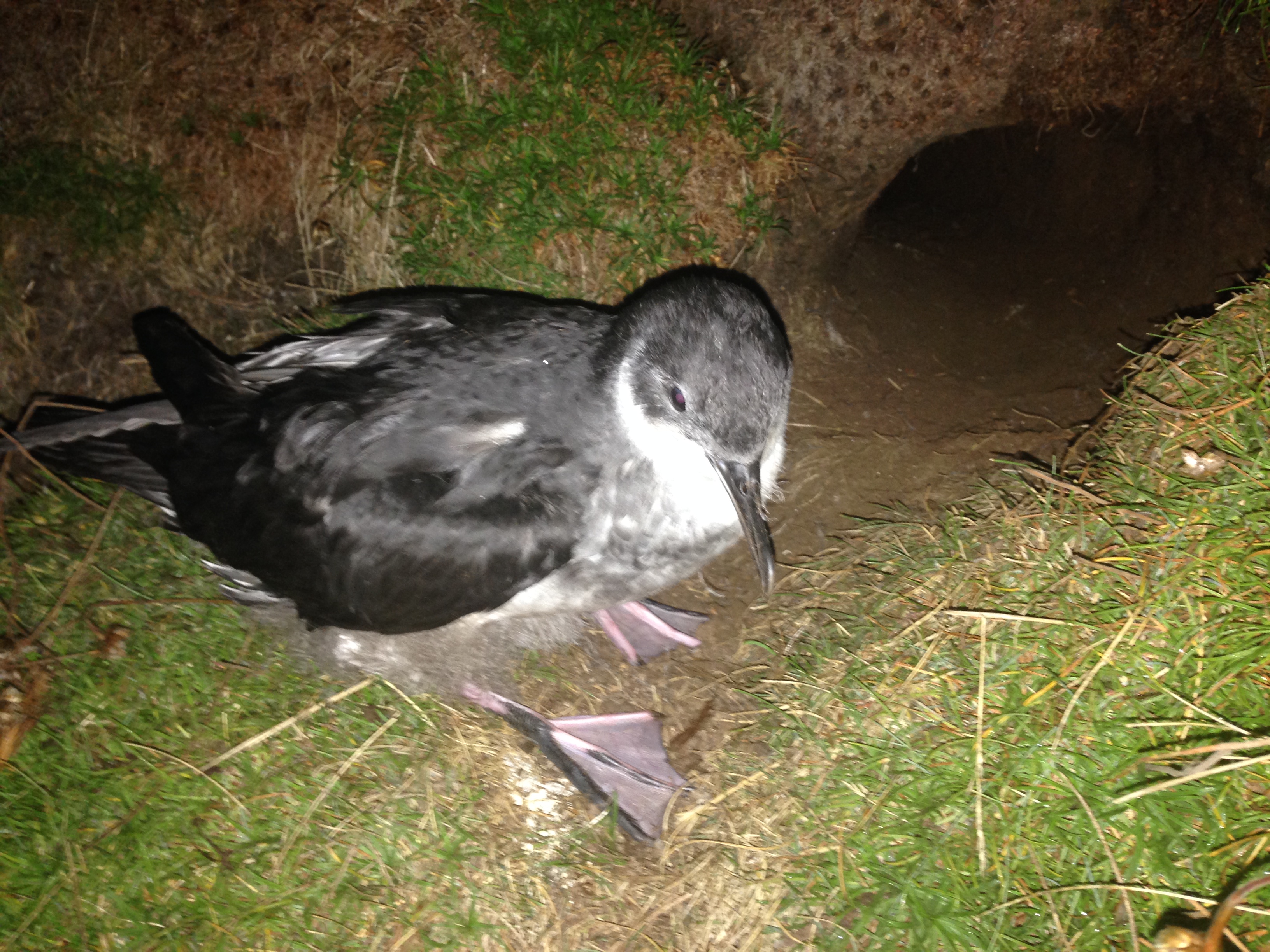 A Manxie chick at is burrow mouth on St Agnes, photograph by Jaclyn Pearson
A Manxie chick at is burrow mouth on St Agnes, photograph by Jaclyn Pearson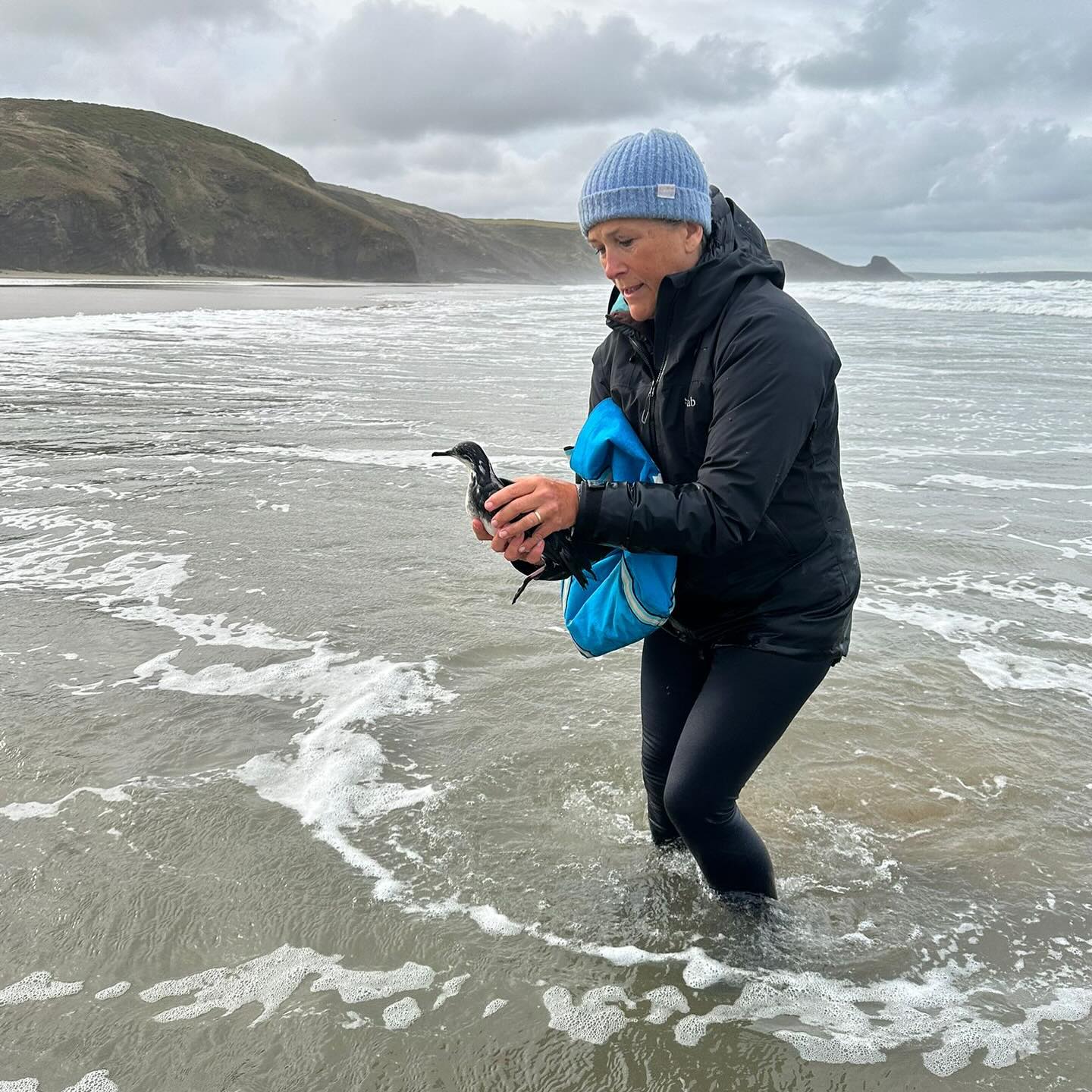 A Manx Shearwater gets rescued from the sea at Newgale Beach, Pembrokeshire, Wales
A Manx Shearwater gets rescued from the sea at Newgale Beach, Pembrokeshire, Wales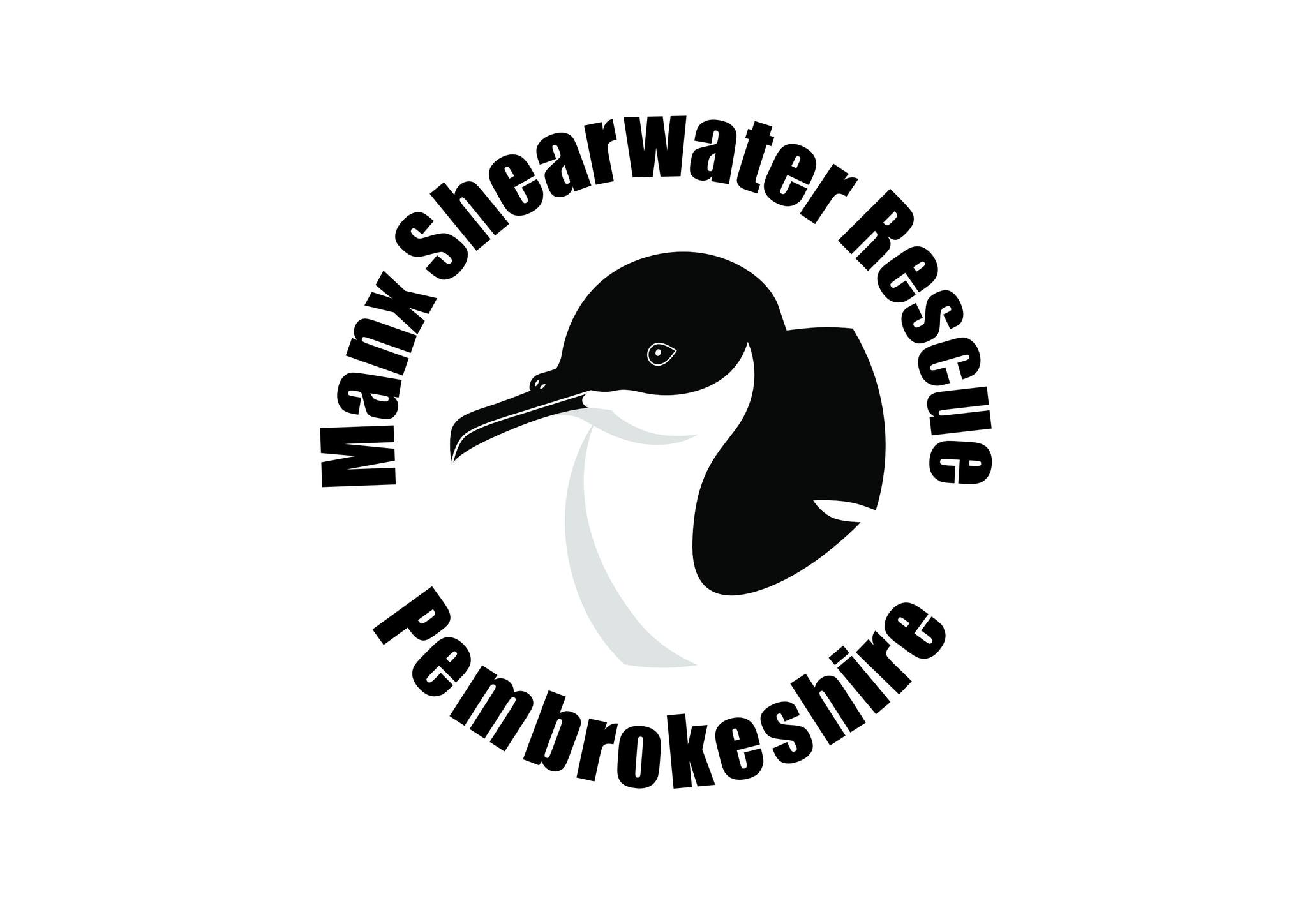
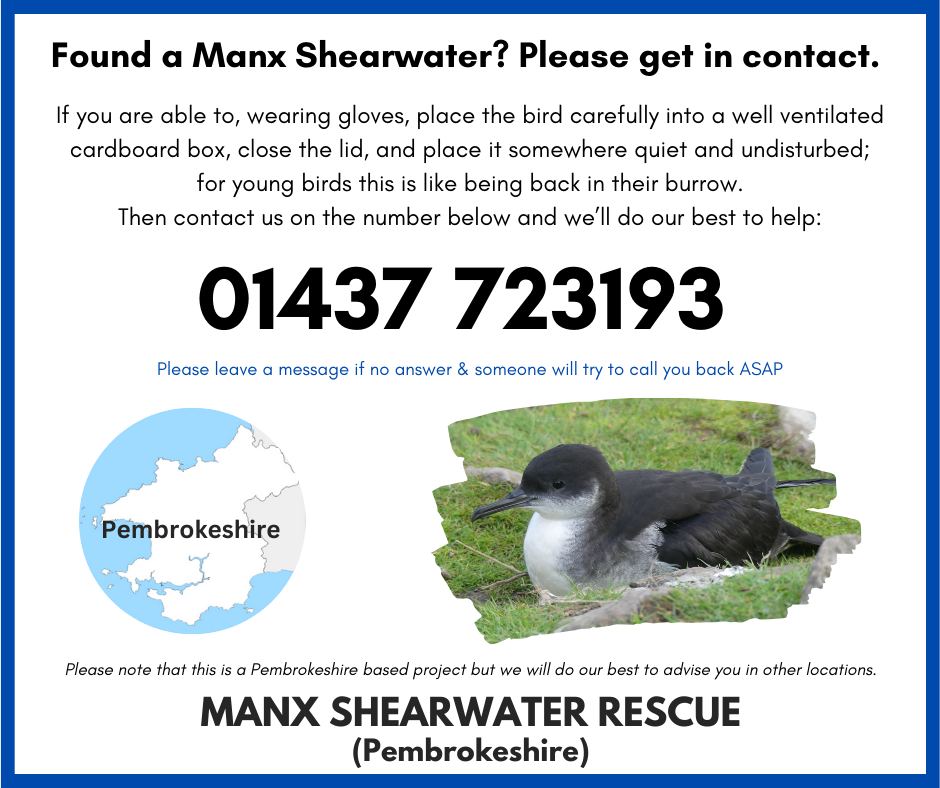
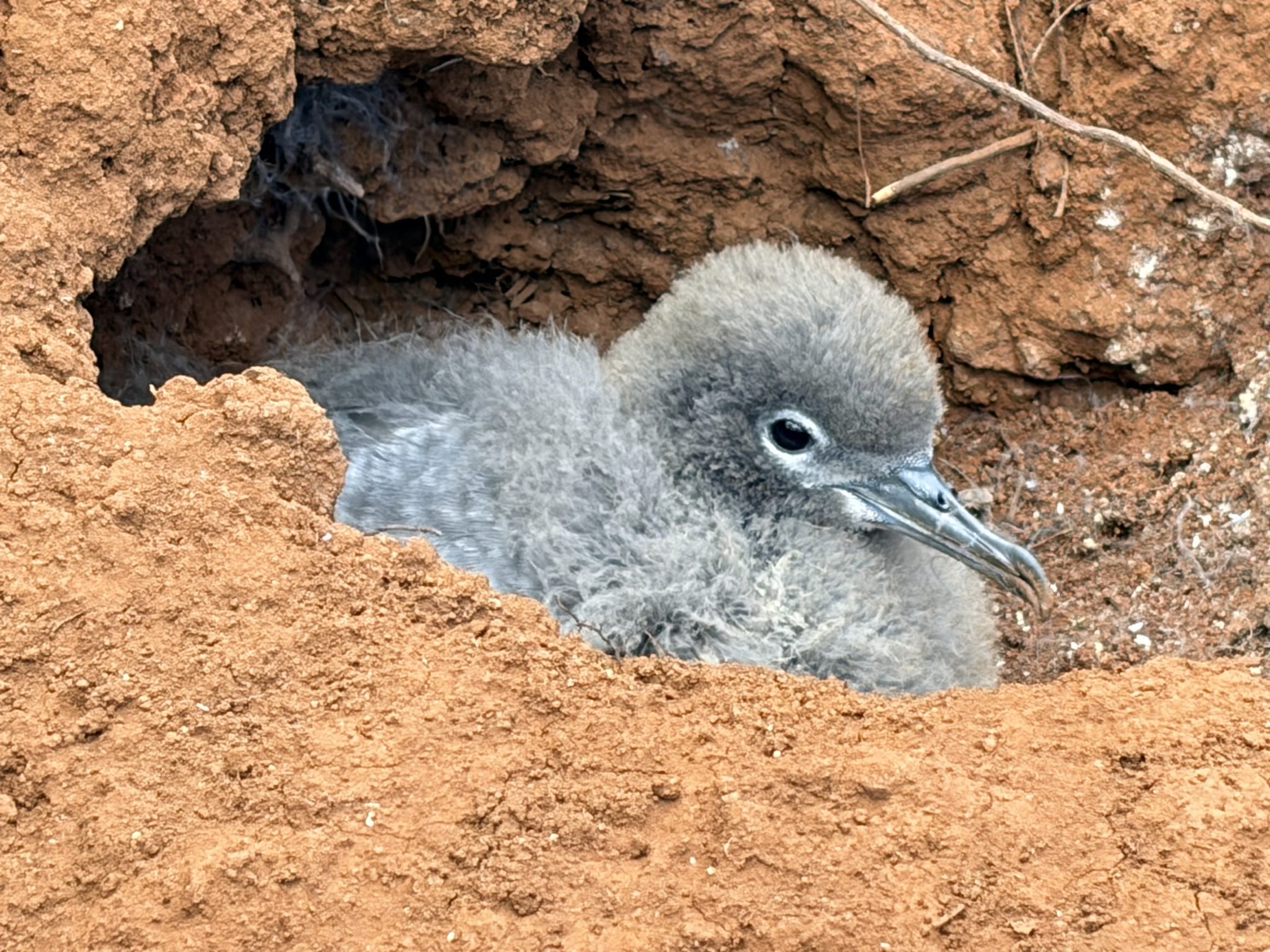 Wedge-tailed Shearwater chick in the Kilauea Point National Wildlife Refuge, photograph from Pacific Rim Conservation
Wedge-tailed Shearwater chick in the Kilauea Point National Wildlife Refuge, photograph from Pacific Rim Conservation![P01[0:0] TT[188] E[080:2272]G[192:0x3c] BV[-1:0] IR[L:L:18] MOE[0:3]](/images/stories/acap/Birds/Shearwaters/Wedge_tailed/Wedge-tailed_feral_pig_4_Pacific_Rim_Conservation.jpg)
